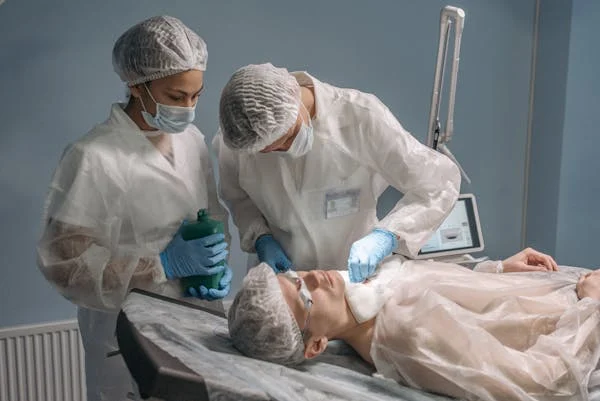
Cataracts are a common age-related eye condition that can significantly impair vision, affecting millions worldwide. While cataracts develop slowly over time, they eventually lead to blurred vision, difficulty seeing at night, and increased sensitivity to glare. Fortunately, modern medicine offers effective treatment through cataract surgery, a procedure that not only restores clarity but also reduces dependence on spectacles.
What are Cataracts?
Cataracts occur when the lens of the eye becomes cloudy, typically due to aging or other factors like diabetes or prolonged exposure to ultraviolet light. This cloudiness prevents light from passing clearly through the lens, causing vision problems. Initially, cataracts may be managed with stronger glasses or brighter lighting, but surgery becomes necessary as they progress.
The Role of Cataract Surgery
Cataract surgery is one of the most commonly performed surgeries globally and is known for its high success rates. During the procedure, the clouded lens is removed and replaced with an artificial intraocular lens (IOL). This new lens restores clear vision by focusing light properly onto the retina. Surgery is typically performed on one eye at a time, with a short recovery period between procedures.
Advanced Techniques in Cataract Surgery
Recent advancements have made cataract surgery safer and more effective. Techniques such as phacoemulsification use ultrasound waves to break up the cloudy lens, allowing for smaller incisions and faster recovery times. Laser-assisted cataract surgery provides greater precision in lens placement, improving visual outcomes and reducing complications.
Addressing Spectacle Dependence
Cataract surgery not only improves vision but also reduces the need for corrective eyewear. Many patients who relied on glasses or contact lenses for nearsightedness, farsightedness, or astigmatism find that they require significantly less or even no corrective lenses post-surgery. This is because the IOL implanted during surgery can be customized to correct these refractive errors, providing clearer vision at various distances.
Choosing the Right IOL
Patients undergoing cataract surgery have options when selecting an IOL. Monofocal lenses are the standard choice, providing clear vision at one distance (usually far), with patients still needing glasses for activities like reading. Alternatively, multifocal and accommodating lenses offer a range of vision, reducing dependence on glasses for both near and far vision. Toric lenses correct astigmatism, further enhancing visual outcomes.
Recovery and Post-operative Care
Following cataract surgery, most patients experience improved vision within a few days, with full recovery expected within several weeks. Post-operative care involves using prescribed eye drops to prevent infection and inflammation, as well as attending follow-up appointments to monitor healing and vision improvement. It’s crucial for patients to avoid strenuous activities and protect their eyes from bright sunlight during the initial recovery period.
Potential Risks and Complications
While cataract surgery is generally safe, like any surgical procedure, it carries risks such as infection, bleeding, or inflammation. Patients with other eye conditions or systemic health issues may have a higher risk of complications. However, advances in surgical techniques and pre-operative assessments have significantly minimized these risks, making cataract surgery a routine and reliable procedure for most individuals.
Conclusion
Cataract surgery is a transformative procedure that restores vision and enhances quality of life for millions of people worldwide. Beyond addressing the clouding of the lens, it offers an opportunity to reduce or eliminate the need for spectacles by correcting refractive errors with advanced intraocular lenses. As technology continues to advance, cataract surgery promises even better outcomes and improved patient satisfaction, reaffirming its status as a cornerstone of modern ophthalmology.
In summary, cataract surgery not only restores visual clarity but also liberates individuals from the constraints of spectacles, enabling them to see the world with newfound sharpness and precision.



